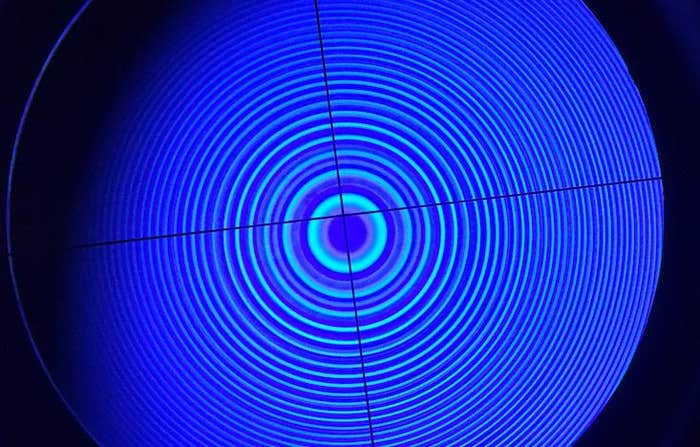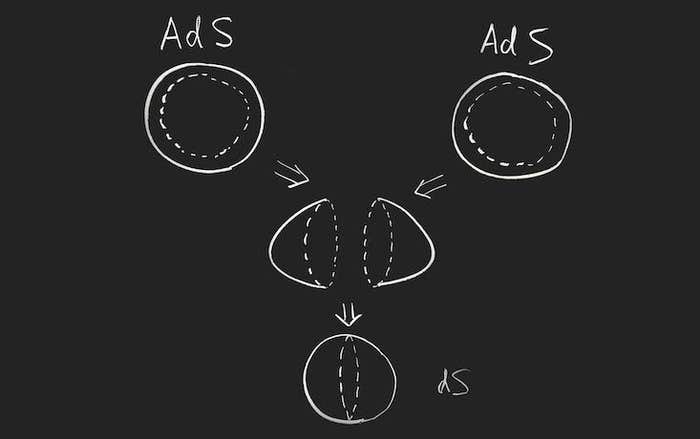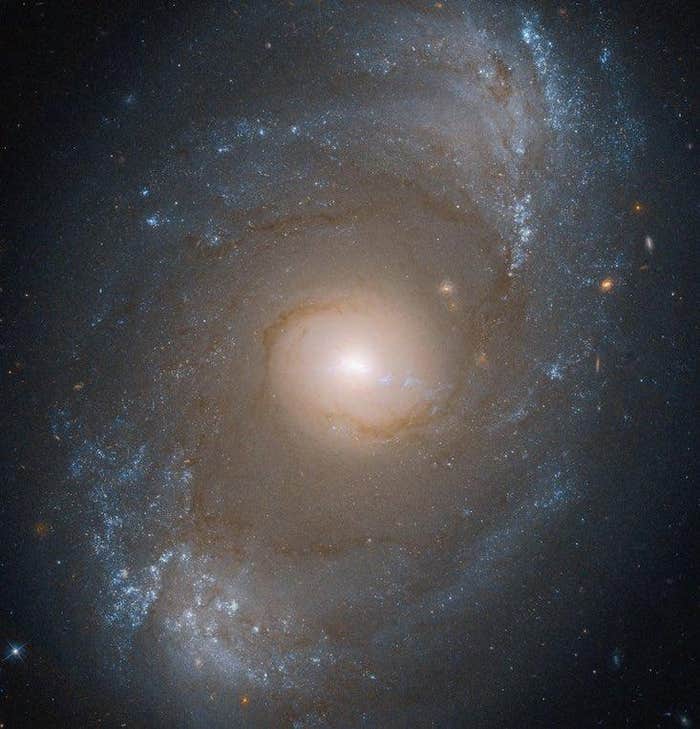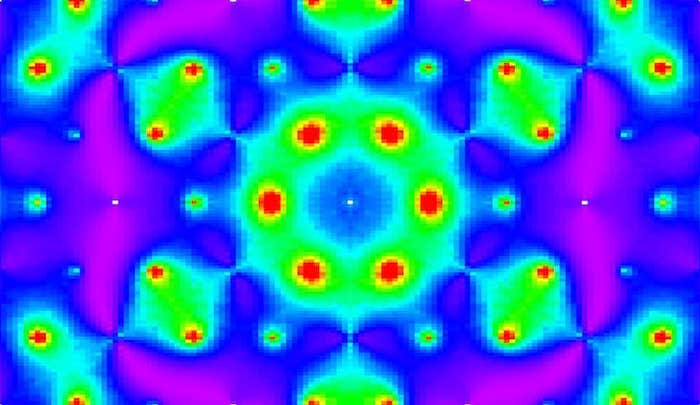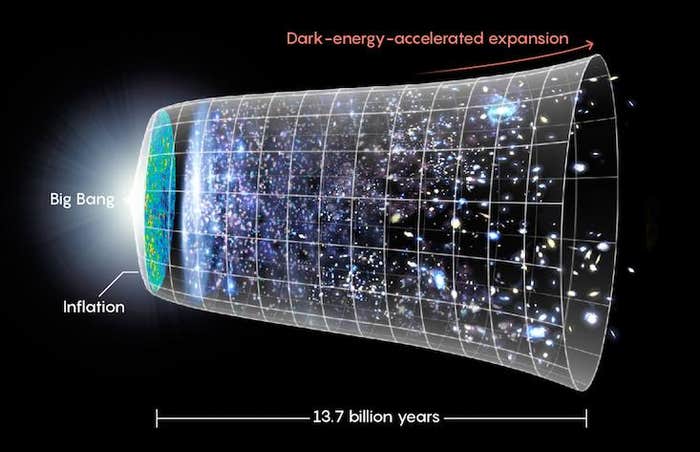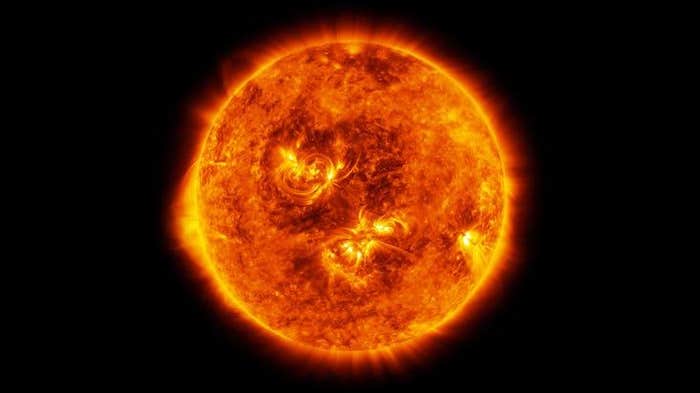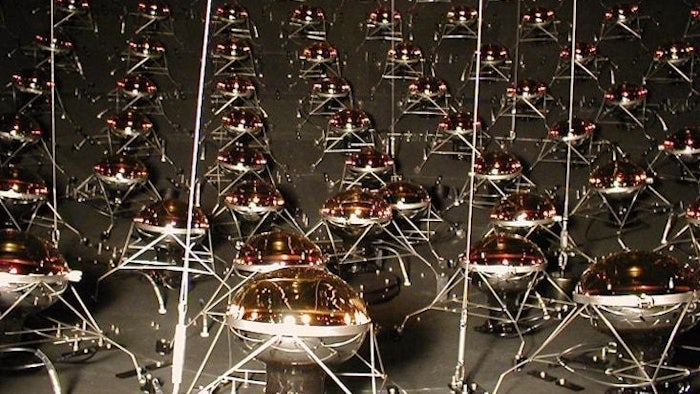Natalie Wolchover
Physicists Nail Down the “Magic Number” That Shapes the Universe
Reprinted with permission from Quanta Magazine’s Abstractions blog. Nautilus Members enjoy an ad-free experience. Log in or Join now . As fundamental constants go, the speed of light, c, enjoys all the fame, yet c’s numerical value says nothing about nature; it differs depending on whether it’s measured in meters per second or miles per hour. The […]
Why the Laws of Physics Are Inevitable
Reprinted with permission from Quanta Magazine’s Abstractions blog. Nautilus Members enjoy an ad-free experience. Log in or Join now . Compared to the unsolved mysteries of the universe, far less gets said about one of the most profound facts to have crystallized in physics over the past half-century: To an astonishing degree, nature is the […]
How Our Universe Could Emerge as a Hologram
Reprinted with permission from Quanta Magazine’s Abstractions blog. Nautilus Members enjoy an ad-free experience. Log in or Join now . The fabric of space and time is widely believed by physicists to be emergent, stitched out of quantum threads according to an unknown pattern. And for 22 years, they’ve had a toy model of how emergent space-time can work: a theoretical […]
Why Black Hole Interiors Grow (Almost) Forever
Reprinted with permission from Quanta Magazine’s Abstractions blog. Nautilus Members enjoy an ad-free experience. Log in or Join now . Leonard Susskind, a pioneer of string theory, the holographic principle, and other big physics ideas spanning the past half-century, has proposed a solution to an important puzzle about black holes. The problem is that even though these mysterious, invisible spheres appear to stay […]
Can Analogies Reveal the Laws of Physics?
Reprinted with permission from Quanta Magazine’s Abstractions blog. Nautilus Members enjoy an ad-free experience. Log in or Join now . Hoping to gain insight into domains of nature that lie beyond experimental reach—the interiors of black holes, the subtleties of the quantum realm, the Big Bang—physicists are experimenting on “analogue” systems made of fluids and […]
Why the Tiny Weight of Empty Space Is Such a Huge Mystery
Reprinted with permission from Quanta Magazine‘s Abstractions blog. Nautilus Members enjoy an ad-free experience. Log in or Join now . The controversial idea that our universe is just a random bubble in an endless, frothing multiverse arises logically from nature’s most innocuous-seeming feature: empty space. Specifically, the seed of the multiverse hypothesis is the inexplicably tiny amount […]
What Is the Sun Made Of and When Will It Die?
Reprinted with permission from Quanta Magazine’s Abstractions blog. Nautilus Members enjoy an ad-free experience. Log in or Join now . Like any star in its prime, the sun consists mainly of hydrogen atoms fusing two by two into helium, unleashing immense energy in the process. But it’s the sun’s tiny concentration of heavier elements, which […]
Evidence Found for a New Fundamental Particle
Reprinted with permission from Quanta Magazine’s Abstractions blog. Nautilus Members enjoy an ad-free experience. Log in or Join now . Physicists are both thrilled and baffled by a new report from a neutrino experiment at Fermi National Accelerator Laboratory near Chicago. The MiniBooNE experiment has detected far more neutrinos of a particular type than expected, a finding that is […]
19 Women Leading Math and Physics
Reprinted with permission from Quanta Abstractions Nautilus Members enjoy an ad-free experience. Log in or Join now . In an interview with Quanta Magazine last fall, the eminent theoretical physicist Helen Quinn recalled her uncertainty, as a Stanford University undergraduate in the 1960s, about whether to pursue a career in physics or become a high school teacher. “There were […]















